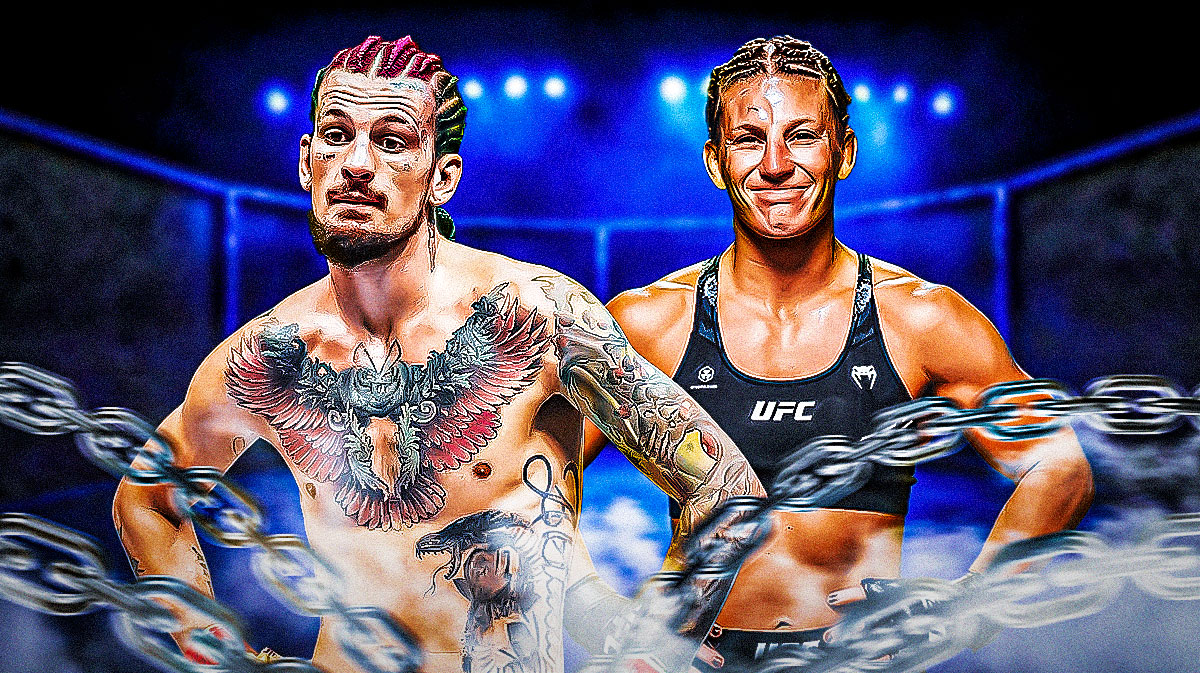As the UFC enters a critical juncture in its history, the stakes have never been higher. With its current broadcast deal with ESPN set to expire at the end of 2025, the promotion actively seeks to more than double its previous contract, targeting a staggering $1 billion per year in its next U.S. media rights agreement. The competition is fierce, with ESPN’s renewal talks reportedly the furthest along. Still, Amazon Prime and Netflix are also vying for a piece of the action. Amazon, in particular, is said to be eyeing the UFC’s lucrative pay-per-view business. Meanwhile, Warner Bros. Discovery looms as a wildcard that could upend the negotiations.
This unprecedented battle for UFC’s broadcast rights comes at a time when the sports media landscape is shifting rapidly. ESPN, FOX, and Warner Bros. Discovery are launching a joint sports streaming service, while Netflix’s $5 billion WWE deal and the NBA’s multi-network approach have set new benchmarks for sports content value. For the UFC, maximizing its brand’s appeal and mainstream reach is essential to justify its billion-dollar ambitions.
🚨 UFC broadcast deal update:
“Renewal talks with ESPN appear to be the furthest along… Amazon Prime and Netflix are also in the room…
Amazon, I’m told, is most interested in UFC’s pay-per-view business. The wildcard in the negotiations is Warner Bros. Discovery.” 👀
(via… pic.twitter.com/BZQL8kLMpH
— Championship Rounds (@ChampRDS) June 3, 2025
The Star Equation: Sean O’Malley and Kayla Harrison as Champions
Central to the UFC’s negotiating power is the drawing ability of its champions, particularly in divisions that drive pay-per-view buys and mainstream attention. In this context, the question isn’t just who wins in the cage, but who best serves the UFC’s commercial interests as it courts the world’s biggest media companies.
Sean O’Malley, with his flamboyant style, crossover appeal, and social media savvy, has already proven himself a bona fide star. His knockout of Aljamain Sterling and subsequent title run ushered in what many called the “Suga Era,” injecting new life into the bantamweight division and attracting a younger, digitally native audience. O’Malley’s polarizing persona, part Gen Z icon, part showman, makes him a marketing dream, even as he divides hardcore fans and purists.
💥🥊Sean O’Malley’s boxing looking sharp ahead of #UFC316
🎥 @SugaSeanMMA ▫️ pic.twitter.com/FLn2t6gil1
— Home of Fight (@Home_of_Fight) May 27, 2025
On the women’s side, Kayla Harrison is the UFC’s most bankable new asset. A two-time Olympic judo gold medalist, Harrison has been widely tipped to dominate the women’s bantamweight division in 2025 and beyond. Her athletic pedigree and undefeated aura position her as a potential crossover star, capable of headlining pay-per-views and drawing mainstream sports coverage. If Harrison claims the bantamweight title, she could become the face of women’s MMA at a time when the UFC is seeking to showcase its depth and diversity to prospective broadcast partners.
If Sean O’Malley reclaims and retains the bantamweight championship against Merab Dvalishvili, the UFC stands to benefit in several key ways. O’Malley’s star power translates directly to pay-per-view buys, social media engagement, and mainstream media coverage, all critical metrics for streaming giants like Amazon and Netflix, who are evaluating not just the UFC’s hardcore fanbase but its potential to drive subscriber growth and digital engagement.
While Merab Dvalishvili is a respected champion and a relentless competitor, his style and profile do not offer the same commercial upside as O’Malley’s. Dvalishvili’s dominant wrestling and workmanlike approach, though beloved by purists, have yet to capture the mainstream imagination. If he continues his reign, the UFC risks losing some of the momentum and crossover appeal that O’Malley brings to the table, potentially weakening its hand in negotiations with media giants seeking star-driven content.
Kayla Harrison’s ascension to the women’s bantamweight throne would be equally significant for the UFC’s broadcast ambitions. The women’s divisions have historically produced some of the promotion’s biggest stars, think Ronda Rousey and Amanda Nunes, and Harrison has the credentials and charisma to follow in their footsteps. Her dominance and Olympic pedigree offer a compelling narrative for broadcasters eager to market elite female athletes to a global audience.
The Bottom Line: Star Power Fuels Billion-Dollar Dreams
As the UFC navigates its most important broadcast negotiation to date, the identity of its champions will play a pivotal role in shaping the promotion’s value proposition. Retaining Sean O’Malley as bantamweight champion and crowning Kayla Harrison as the women’s bantamweight queen would give the UFC two marketable, mainstream-ready stars at the top of its marquee divisions. This star power is precisely what the UFC needs to maximize its leverage with ESPN, Amazon, Netflix, and Warner Bros. Discovery as it chases a billion-dollar-a-year deal.
In the high-stakes world of sports media, personalities sell, and the UFC’s future may well hinge on who holds its most coveted belts when the next contract is signed.



















